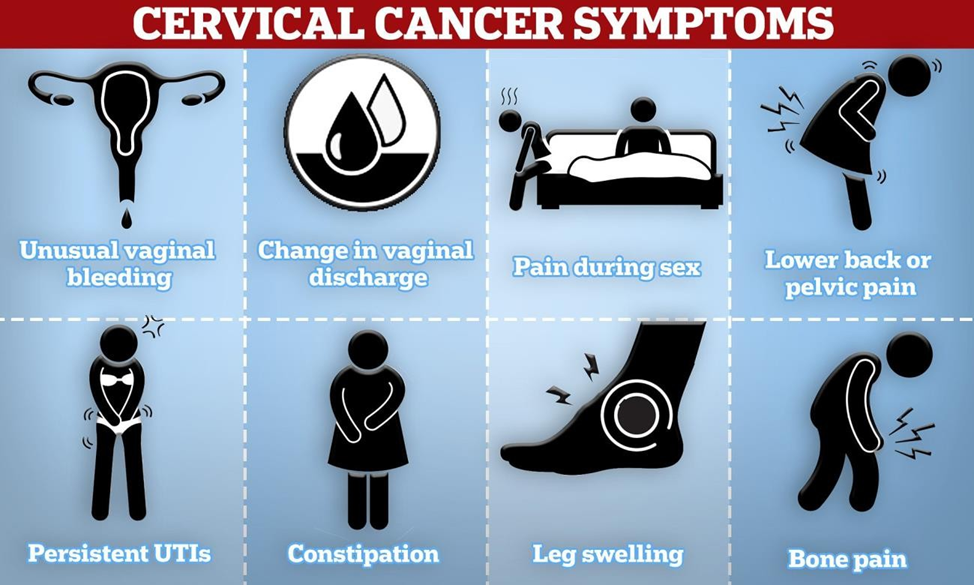A nurse is caring for a client who has a herniated disc and is scheduled for a peripheral nerve block. The client tells the nurse. "I am afraid to have this procedure." Which of the following responses should the nurse make?
"After this procedure, you will feel much better."
"Let's discuss your concerns about this procedure."
"Are you afraid of needles that will be used during the procedure?"
"Tell me why you are scared to have this procedure."
The Correct Answer is B
A) Offering reassurance about the outcome of the procedure may not address the client's specific fears.
B) Encouraging the client to discuss their concerns allows the nurse to address any misconceptions or fears the client may have and provide appropriate information and support.
C) Assuming the client's fear is related to needles may not be accurate and may not address their specific concerns.
D) Asking the client to explain why they are scared is a good approach, but it may not immediately address their fears or provide the support they need.
Nursing Test Bank
Naxlex Comprehensive Predictor Exams
Related Questions
Correct Answer is B
Explanation
A) Administering the transfusion through a 25-gauge saline lock might not be appropriate as it may cause hemolysis or obstruct the flow of plasma.
B) Administering the plasma immediately after thawing is crucial to ensure the effectiveness of the transfusion and to prevent degradation of the plasma components.
C) Transfusing the plasma over 4 hours is a standard practice, but the priority is administering it promptly after thawing.
D) Holding the transfusion if the client is actively bleeding is inappropriate since the client is losing blood which needs to be replaced. Furthermore, fresh frozen plasma contains clotting factors which are beneficial for a client whose cause of bleeding is clotting factor deficiencies.
Correct Answer is D
Explanation
A. Frequent diarrhea is not typically associated with cervical cancer.
B. Urinary hesitancy is more commonly associated with prostate issues in males rather than cervical cancer in females.
C. Unexplained weight gain is not typically a symptom of cervical cancer.
D. Painless vaginal bleeding, especially after intercourse or between periods, can be a sign of cervical cancer. It's essential for individuals to seek medical evaluation if they experience any abnormal bleeding.

Whether you are a student looking to ace your exams or a practicing nurse seeking to enhance your expertise , our nursing education contents will empower you with the confidence and competence to make a difference in the lives of patients and become a respected leader in the healthcare field.
Visit Naxlex, invest in your future and unlock endless possibilities with our unparalleled nursing education contents today
Report Wrong Answer on the Current Question
Do you disagree with the answer? If yes, what is your expected answer? Explain.
Kindly be descriptive with the issue you are facing.
